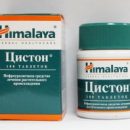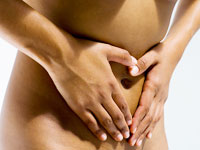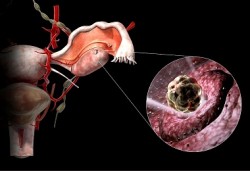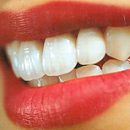The birth of a child is an absolutely natural physiological process. Almost all women pass through it. To behave correctly during childbirth, you need to know exactly how this process is done. We will tell the readers our site about all periods of childbirth - from kits to the appearance of a newborn. In order for future moms to know what they expect them during this period of time.
9 months after conception, the fruit reaches the final stage of development, which allows him to survive outside the maternal leave. It was not reliably understood that it was exactly the process of childbearing, but it is quite clear that it is associated with the completion of the development of the fetus. Preparation for childbirth begins in The last weeks of pregnancy. Hormones in the blood of the mother make muscles and ligaments of the kinnoye channel soft, providing the possibility of their stretching during childbirth. Toddler adrenal glands produce special hormones, corticosteroids. They are preparing baby lungs to independent breath, stimulating the production of a special substance (surfactant), which prevents sticking of tiny alveoli. With premature births, when this substance is not formed, the child cannot breathe its own lungs for a long time after delivery. Corticosteroids also cause the production of large amounts of glycogen carbohydrate (animal starch) accumulating in various parts of the body. Some of its part is in the heart muscle, supporting the heartbeat with insufficient oxygen flow into the blood during childbirth.
Readiness for childbirth
The position of the fetus in the uterus is an indicator of his readiness for childbirth. Throughout the early stages of development, the fruit is free to revolve in the uterus, on the last weeks of his movement is limited due to the cessation of the growth of the uterus. At this stage, the head is directed toward the cervix - the baby is ready to appear.
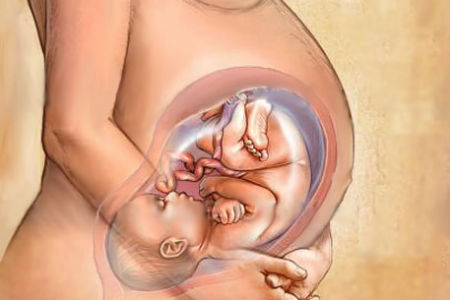
Then, over the past month, the head of the child falls into the pelvis cavity. Such a position is called the head preview of the fetus. Now the growing child begins to stretch the walls of the uterus. It causes irritation of her muscles, at the same time, the omission of the fetus in the pelvic cavity stimulates the hypophysome of the mother of the Mother of the Hormone oxytocin, under the influence of the muscles of the uterus begin to shrink - the so-called Besston Hicks fights occur. They have a periodic character and despite enough pronounced power, painless. Unlike true generic battles, Bekston Hicks fights pretty quickly stop.
First period of childbirth
During the first period, the lion's share of effort falls on the opening of the cervix. He is the longest. And it can last a few hours until the water is departed (the amniotic fluid in which the newborn is all 40 weeks). Status checks the doctor every four hours. The cervix must open 10 cm or 5 obstetric fingers.

The child lies with the head pressed to his own chest and gradually falls deeper into the pelvis cavity.
The sign of the beginning of labor can be the incessant bouts that are becoming increasingly long, intense and frequent. Stretching the body of the uterus along with oxytocins, perhaps plays a leading role in the initiation of labor. Her muscles become sensitive to this hormone, and when increasing the amount of oxytocin in the blood until the critical level begins. Woman at this point feels painful sensations at the bottom of the abdomen and the back pain. The stomach becomes hard as a stone, it means that the muscles have shrunk and pushed the fruit. If a woman has this hormone and is poorly produced, then doctors use synthetic oxytocin (that is, they make intramuscular injections with the drug «Oxytocin»).
Second period
During the second period, the delivery is directly - expulsion of the fetus. On average, it lasts about an hour, rare more than two. After the complete opening of the cervix, regular waves of strong battles begin to walk along the uterus from her top. At this moment, the woman must be. One battle accounts for three coughs. In order to do everything correctly, the woman needs to listen to his doctor and midwife, they will tell you how to breathe and when to start to sleep. During the first period of childbirth, the child lies on the side. As soon as the head begins to pass through the pelvis, he unfolds in such a way that his face is directed towards the mother's back.
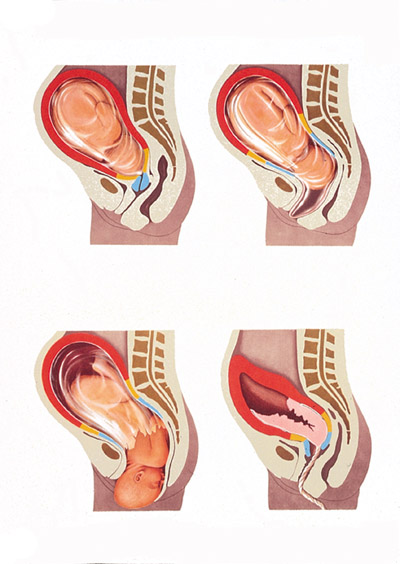
This movement makes it easy to go through the pelvis bones. With each new fighting, the child pushes further and farther by the generic channel, the spelling of the vagina stretches and the head goes into the light. At this moment there is a turn of the shield, that is, the child again turns the side.

At this moment, the woman needs to gain strength and rebuild well, so that the child comes out completely, the shoulders and the body are born quickly, as they are much smaller than the head.
Third period
In the last period of birth, the child's place is separated (the placenta, with the help of which all 40 weeks came nutrients from the mother to the child). The placenta begins to flap from the walls of the uterus immediately after the child's divergence, because it no longer needs to receive oxygen from the mother. Usually a kindergarten is expelled 20 minutes after childbirth. Sometimes midwife helps to separate the kindergarten, pressing on the stomach during the swelling of a woman.
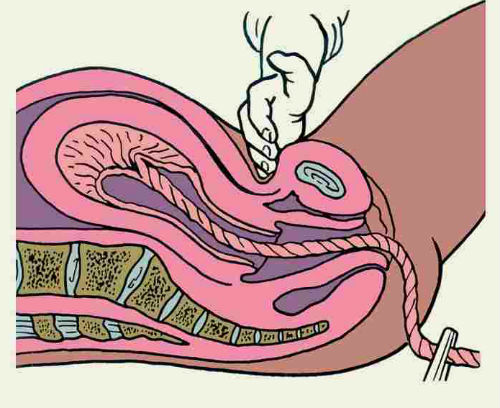
Anesthesia
Even normal childbirth is a painful process. Breathing exercises learned during pregnancy can weaken pain. But a more efficient method is considered to be an introduction in the first period of petidine. The medicine begins to act about half an hour. If necessary, anesthetic is introduced epidural (in the shell of the spinal cord, in the place where the sensitive nerves of the uterus are suitable for them). Negative moment in this anesthesia is what is blocked not only pain, but also other sensitive signals. Therefore, natural activity in childbirth may decrease during the second period.
Complications
Increased pressure.
In this case, women appear swelling. In the analysis of urine, it is clear that the protein has been increased. Enharged toxicosis. All this can lead to preeclampsic toxemia (Pet). Pet leads to a decrease in nutrient admission to child.
Not enough wide vagina.
In this case, the head of the child is difficult to get outward. In this case, epiizotomy is carried out (incision of the crotch in the side). After childbirth, it is sewn. After such a mini operation, a woman cannot be saved straight, you need to carefully sit on that side, which remained whole until the seams lie.
Lack of oxygen.
With each contraction of the uterus stops the supply of a child with oxygen. After each swelling, the doctor should listen to the heartbeat of the kid through the belly of the mother. There is a special tube for this. But now many hospitals are equipped with special electronic equipment, which makes it much easier for the work of doctors and obstetricians. With a lack of oxygen, such measures are taken as inhalation of mother oxygen and turn to the left side. The lack of oxygen may be caused by the umbilical cord around the fetal neck. Such kids, most often, quickly restored.
Pelvic preview.
When a child is born head, she stretches the vagina so that the shoulders and torso are easy to pass. And when legs or pelvis appear first on the light (and they are much smaller than the head), then the head can pass with difficulties.
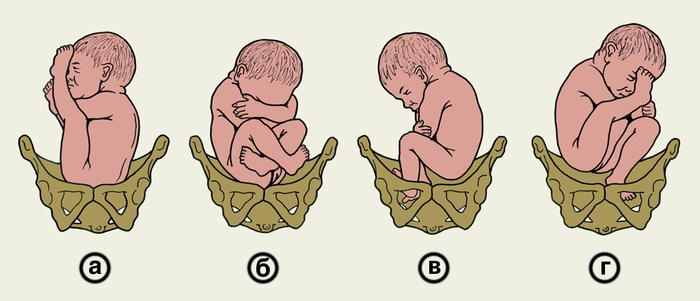
Cesarean section
In extreme situations, when the state of a mother or child is under threat, doctors perform an operation known as cesarean section. Under common or Epidural anesthesia Abdominal cavity is revealed, then the uterus for extracting a child. After the operation, which lasts about 45 minutes, everything is sewn. If there are no complications, then recovery comes up to 20 days. Caesarean section is sometimes planned by a doctor in advance (narrow pelvis, large fruit, repeated caesarean, cross-preview).
Cutting cord
Most often, the umbilical cord is tied up and cut after the start of self-breathing. Sometimes doctors pull it after the end of the ripple.
Newborn
When the child appears, the child is covered with a whitish mucus (this is a lubricant, thanks to which he was easy to pass all the stages of childbirth, as she helped slide on the generic paths). The skin seems gray, sometimes blue. A few minutes later, when it is wrapped with diapers, the newborn becomes pink. Sometimes it becomes necessary to help make the first breath. For this, doctors use different means. But basically no need for it. Cold air (compared to «warm and cozy uterus») and the lack of oxygen stimulates to make the first breath on their own. Immediately after birth (provided that everything is fine) the child is laying out mom on the stomach and apply to the chest. Children's sucking stimulates the production of oxytocin from the mother. It contributes to the reduction of the uterus, to separate the child's place. For 2-3 days, the mother will have a colostrum. It is not so fat like milk, but this newborn has enough at this stage. Initially, the weight of the child will be lost. And on the 10th day, the newborn is gaining weight, the one that was at birth.

